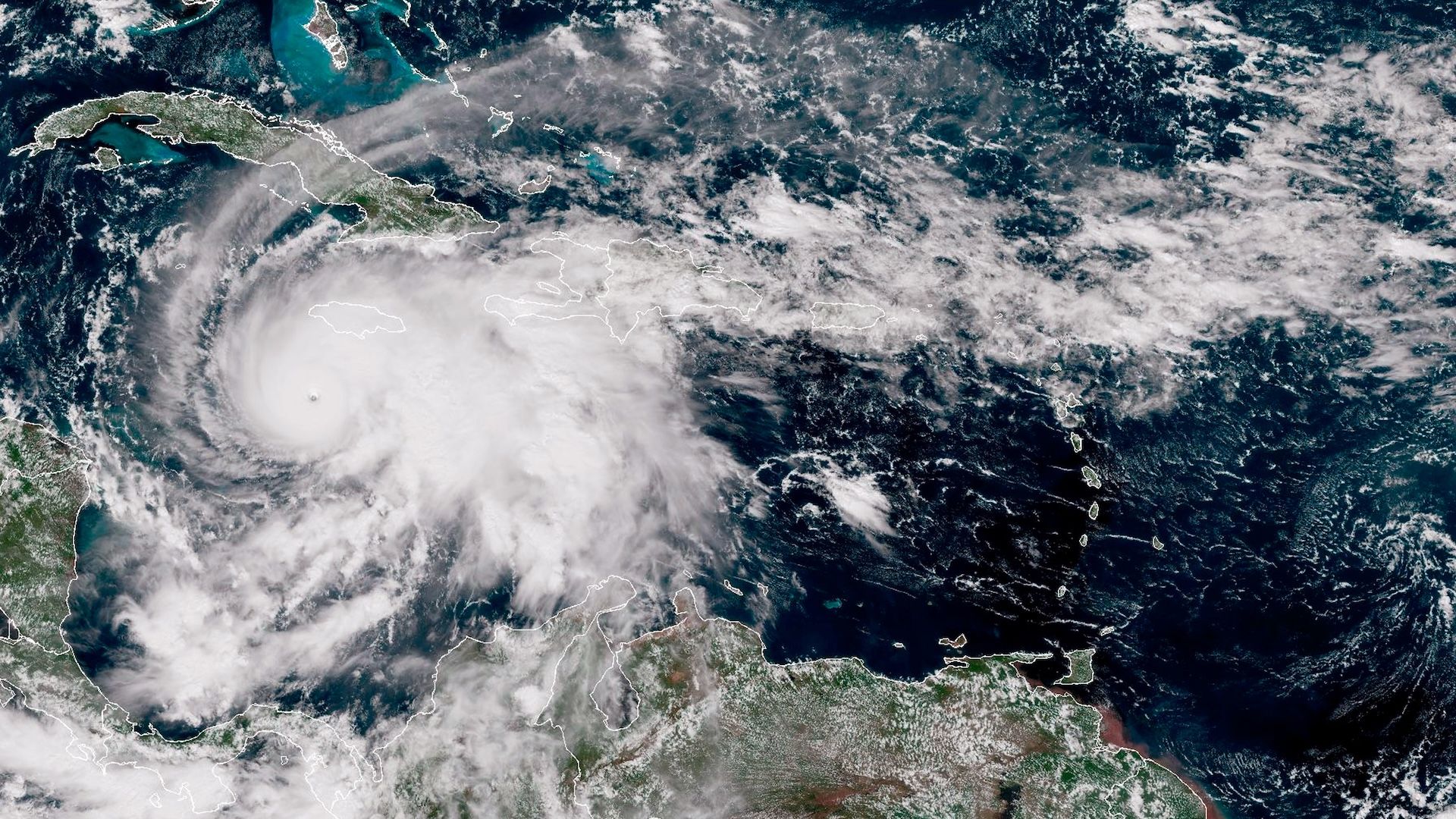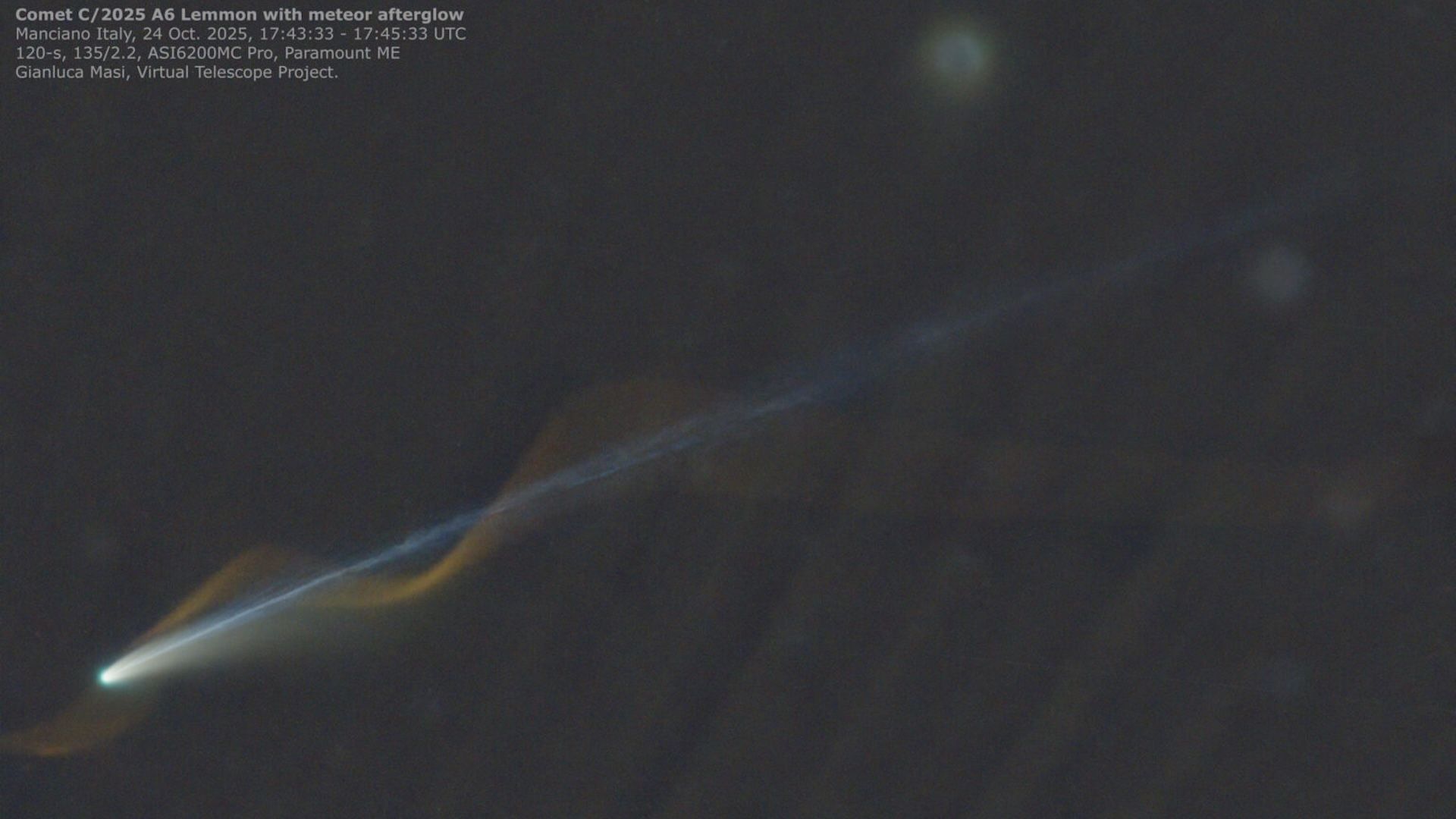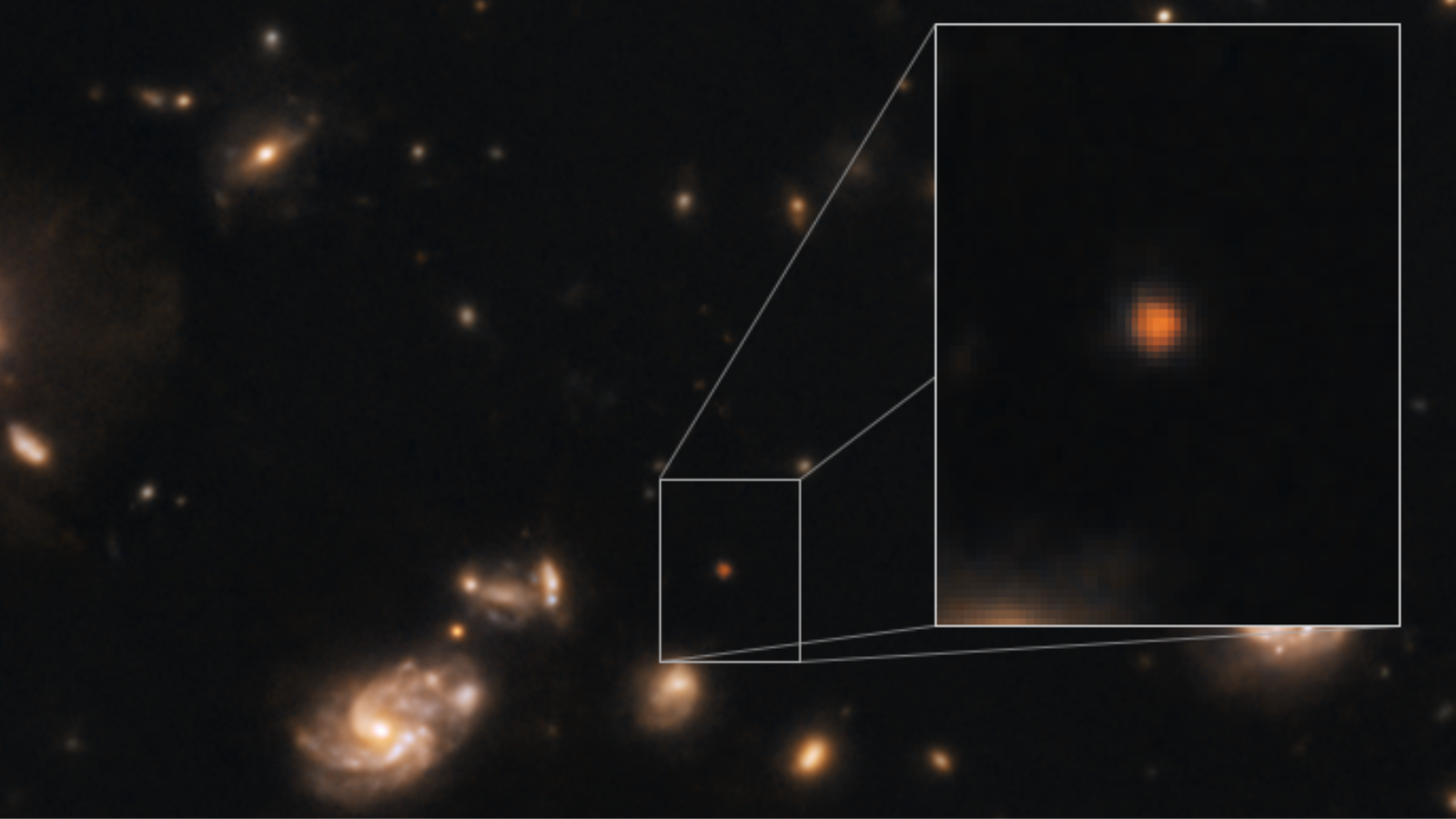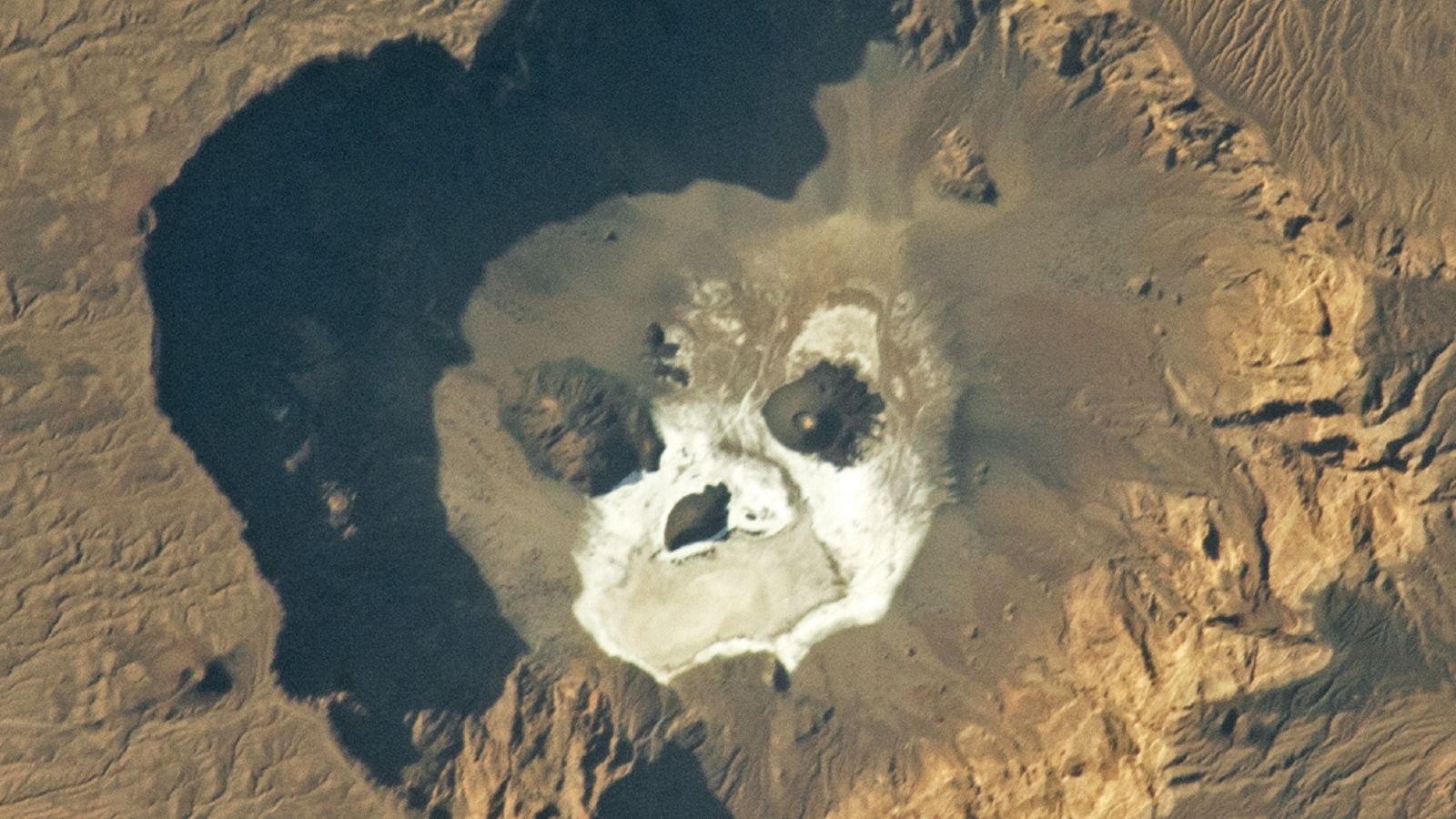The Air Force has captured jaw-dropping footage from inside the eye of Hurricane Melissa, which is expected to cause widespread devastation as it makes landfall in Jamaica.
The 53rd Weather Reconnaissance Squadron, known as the “Hurricane Hunters,” entered the hurricane on Monday morning (Oct. 27) to collect data for the National Hurricane Center, News18 reported.
Caribbean weather forecasts have been extremely ominous for days. AccuWeather meteorologists have warned that the hurricane could trigger a humanitarian crisis, while the U.S. National Hurricane Center noted that the life-threatening storm is expected to bring “catastrophic flash flooding, landslides and destructive winds.”
The World Meteorological Organization’s tropical cyclone specialist, Anne-Claire Fontan, told a press briefing that Hurricane Melissa will be “the storm of the century” for Jamaica, according to Reuters. Jamaica hasn’t been hit by a hurricane since Category 1 Hurricane Sandy made landfall there in 2012, and the island has never taken a direct blow from a Category 5 storm before. The storm has already caused three fatalities on the island.
Near-record-warm Caribbean waters have fueled Melissa’s strength as it has slowly closed in on Jamaica. The country’s authorities have urged citizens to seek immediate shelter and said that many communities will not survive the storm, the Guardian reported.
Fifth and final pass through Hurricane Melissa for our crew today. Just after noon entering from the NW corner exiting SE. pic.twitter.com/BVtyIlZpsxOctober 27, 2025
The risk to life may be similar to 2019’s Hurricane Dorian, which hit the Bahamas, and 1992’s Hurricane Andrew, which hit the southeastern U.S and the Bahamas, AccuWeather reported. The official death toll for Hurricane Dorian was 74 people, with 282 more still missing, while Hurricane Andrew directly caused 65 deaths and was the most devastating hurricane in Florida’s history.
Hurricane Melissa also threatens countries such as Haiti, the Dominican Republic and Cuba, with at least four storm-related deaths already reported across Haiti and the Dominican Republic.
A thread of videos from today’s flight into Hurricane MelissaIn this first one we are entering from the southeast just after sunrise and the bright arc on the far northwest eye wall is the light just beginning to make it over the top from behind us. pic.twitter.com/qGdpp7lbCNOctober 27, 2025
Meteorologists categorize hurricanes from 1 to 5 based on their maximum sustained wind speeds — anything above Category 2 is considered a major hurricane. Hurricanes reach Category 5 status when they have sustained winds of at least 157 mph (252 km/h).
On Monday, Hurricane Melissa blew past this threshold when its wind speeds strengthened to 175 mph (282 km/h), establishing it as the strongest hurricane of 2025 and potentially the most intense hurricane ever recorded so late in the Atlantic hurricane season (which runs from the beginning of June to the end of November), AccuWeather reported.
More hurricanes are rapidly intensifying in the Atlantic as climate change causes atmospheric and sea temperature to soar. Since March 2023, average sea surface temperatures around the world have broken records, with warming waters adding extra energy to hurricanes as they grow.














